This past weekend I took my USAW Level 1 Sports Performance Coach certification in Brooklyn. The class was run by Michael McKenna a lead instructor for the USA Weightlifting organization. Michael has his own gym in Pennsylvania, and has worked with a ton of nationally ranked athletes.
The Start
The course started by covering the fundamentals, the safety and basic terminologies of Olympic lifting. Things like, how do you safely miss a lift, "Push the bar away and move in the opposite direction of the bar," basics, but essential for the beginner to Olympic lifting. This part of the certification felt a little slow, but for someone who doesn't have a background in Olympic weightlifting this information covered is definitely beneficial. And again, it was a level 1 certification.
My Takeaways
For me, there were five essential takeaways from the certification that resonated with me, they are as follows.
1. Progressions: The USAW has their recommended progressions for the snatch, clean and jerk. Some I do and prescribe for my athletes, but others I do not. It was cool seeing how they progress through the Olympics and their reasoning's for doing so.
2. Practical portion: We practice the snatch, clean and jerk. This is awesome. First, we get critiqued by Olympic coaches for our personal lifts, which is nice, but what I used it for was listening.
3. Cueing: A majority of the class + during our breaks, I sat & listened. I listened to Michael and the other coaches on how they cued others. A good coach understands how to change cues for different athletes. When a coach understands their athletes, they can cue them accordingly to how they learn and respond best. For example, some athletes respond to hands on demonstrations, some respond best to simple things like, "move the bar faster at a certain point," and others respond to technical cues, "increase your hip extension speed at a certain point." All of these may work, but finding which cues work best to get the response you want is the tough part, especially with complex lifts and beginning lifters.
4. Programming: Possibly my favorite portion of the class was the part spent on periodization. I'm a major nerd for learning & reading about different ways to write programs, this was inspired by one of my grad school professors, and while this portion was touched on briefly, it was great listening to Michael's reasoning for writing some of the programs the way he does. It was also cool hearing about some of his experiences with writing programs for his beginner clients and nationally ranking Olympic lifters.
5. Busted ass shoulder: Okay this wasn't a serious takeaway, but I'm trying to make light of the situation. In the practical portion of class the first day...I went for a snatch weight I shouldn't have (I have AC joint issues from cheer). Basically, went to sit under the bar, my left shoulder locked up and I ended up on my back with my left arm dangling across my body, ready to faint. That pain was fu*king brutal, I wouldn't wish it on my enemies. Although, today my shoulder feels better, so let's hope for a speedy recovery!
All In All
The class went well + fast, yes it was all weekend, but Michael made it fun and had the charisma to make you enjoy the material being covered. Big thank you to Michael and the staff who ran the cert. Also, a big thank you for helping me out when I had to go the hospital and get my arm popped back into the socket!



